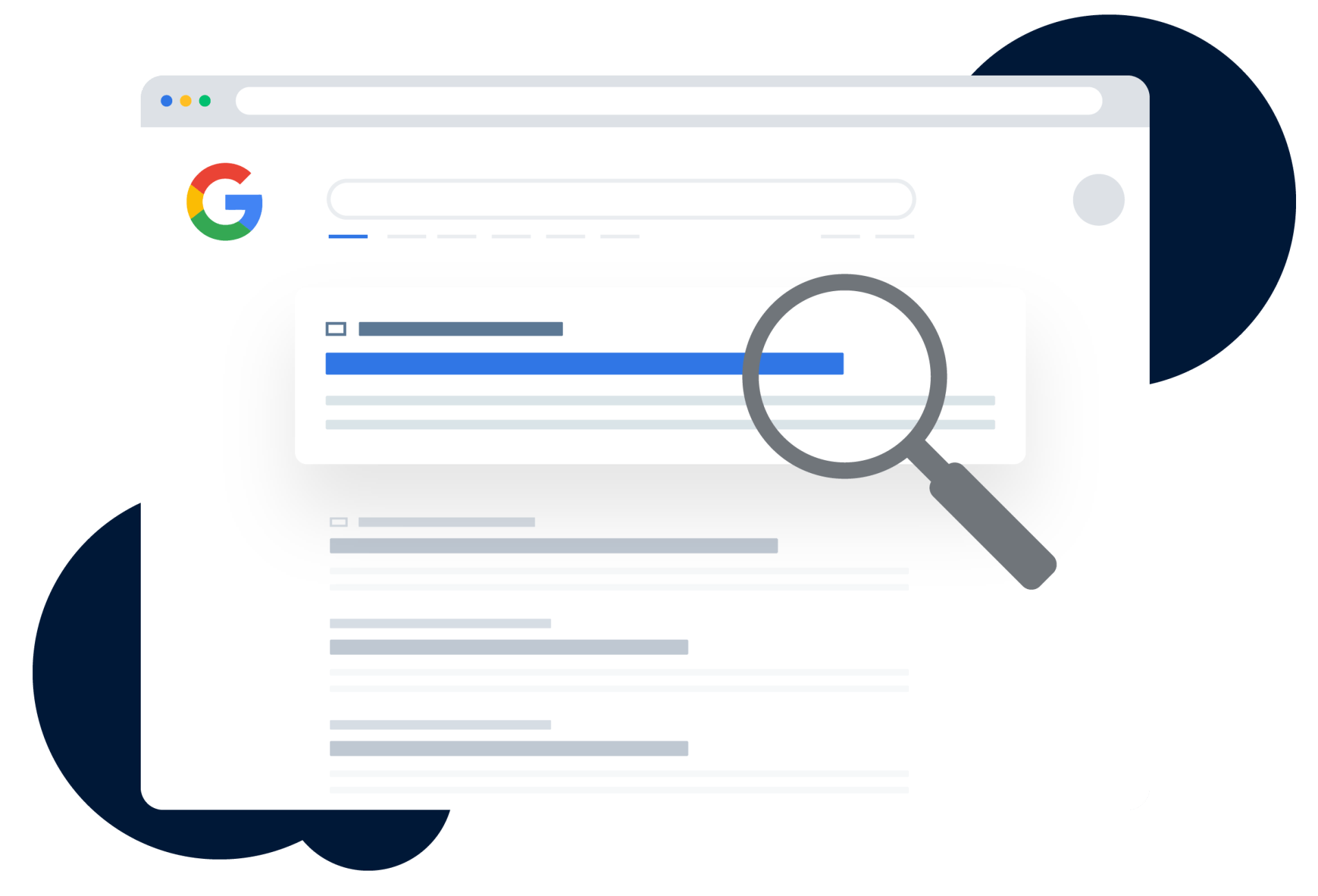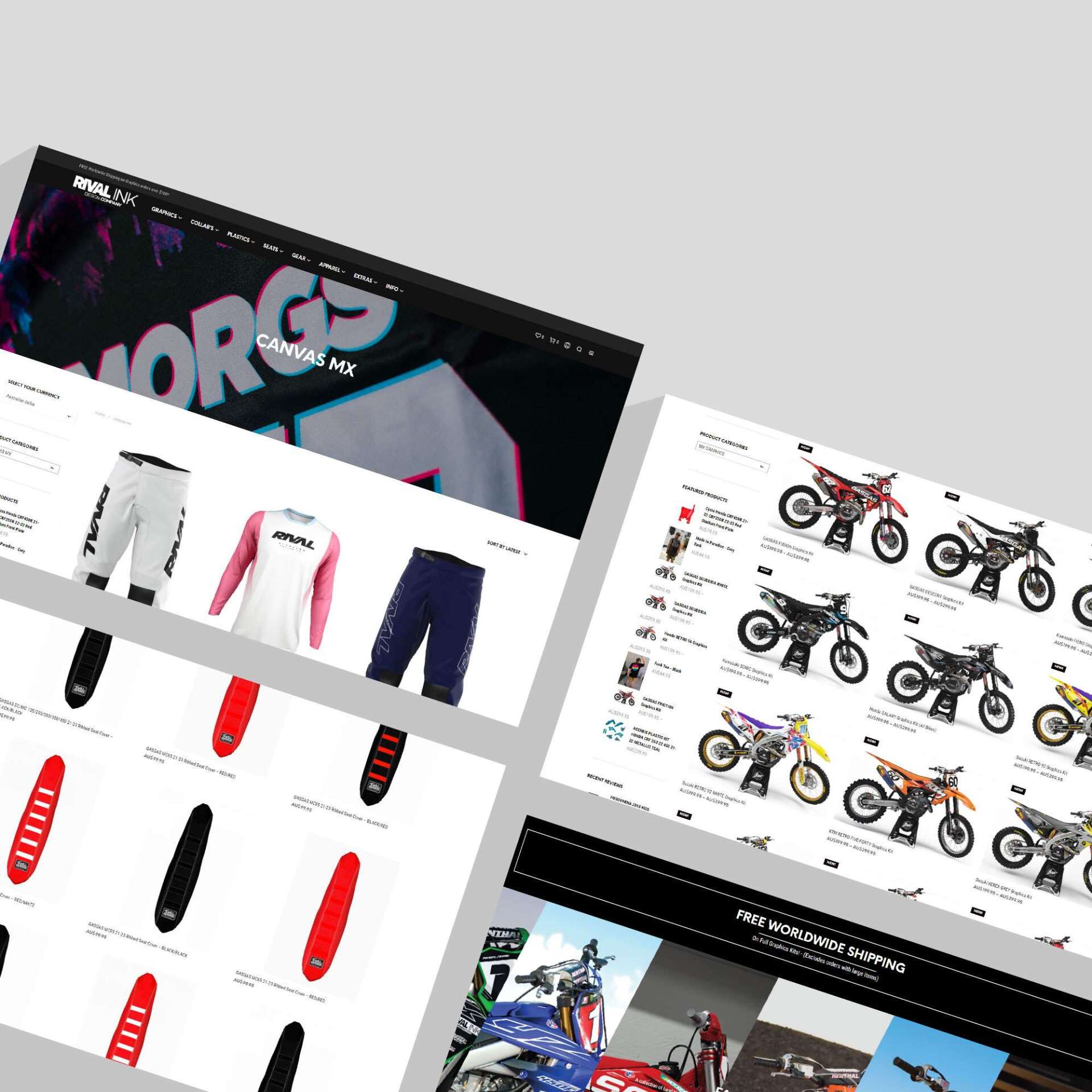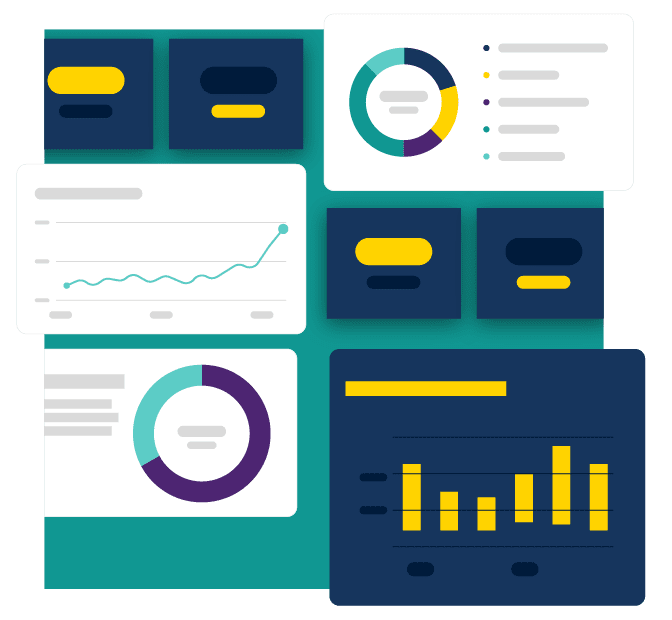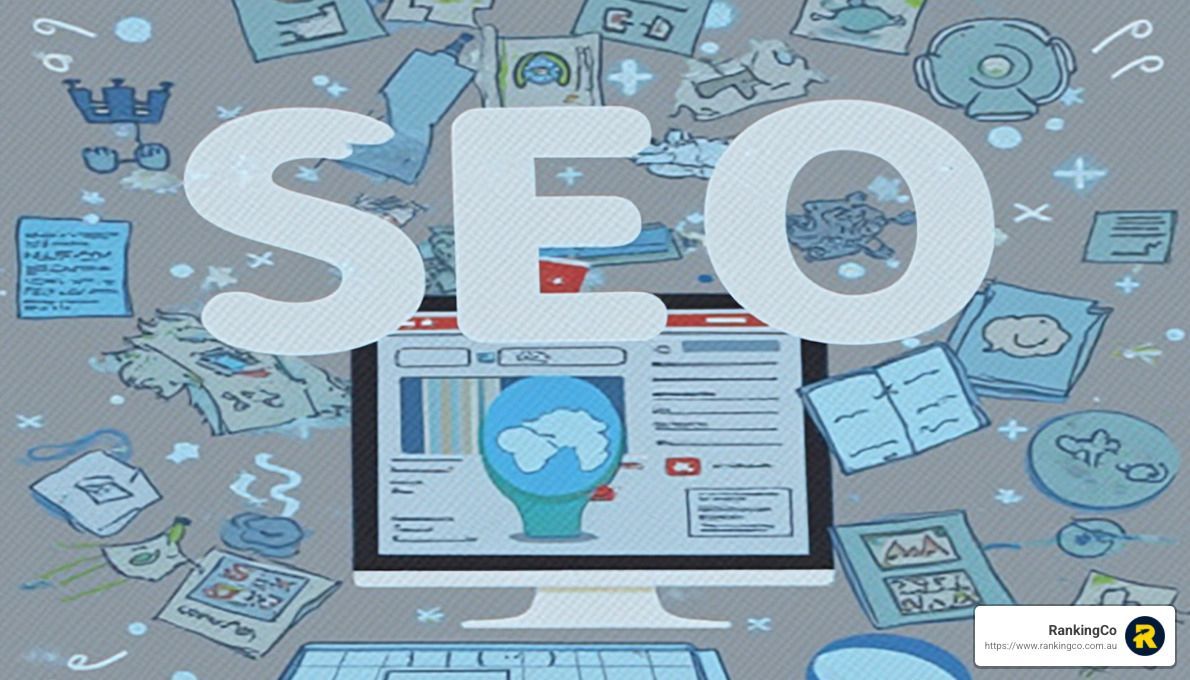Google Ads Success: Proven Techniques for Lead Gen and eCommerce
With over 3.5 billion searches on Google every day, there’s no denying that Google Ads is a goldmine for expanding your reach and boosting growth.
But don’t just throw up some ads and hope for the best. Navigating this space requires a strategic approach to make a real impact.
Here’s a compelling fact: businesses that make data-driven decisions are nearly 19 times more likely to be profitable compared to their competitors. This statistic underscores why it's crucial to use Google Ads wisely and with precision.
In this guide, we’ll dive into tried-and-true techniques to refine your strategy. From distinguishing between lead generation and eCommerce tactics, to launching advanced tracking methods, we’ll help you turn your Google Ads efforts into a real growth engine.
Defining Your Objectives: Lead Gen vs. eCommerce
Before you jump into campaign specifics, it’s crucial to get clear on your goals. Lead generation and eCommerce are two different beasts and need different strategies.
Lead Generation
This is all about capturing contact details from potential customers—think emails or phone numbers—to engage with them down the line. It’s perfect for businesses looking to build a list of prospects.
Who might use this?
Service-Based Businesses
Like consultants or real estate agents. They use lead gen to gather details from folks interested in their services, often through free consultations or downloadable guides.
B2B Companies
Think software providers or marketing agencies. They use lead gen to reel in valuable leads with white papers or webinars.
Educational Institutions
Schools or online courses that want to attract future students. They might offer free course previews or eBooks to engage potential learners.
eCommerce
Here, the goal is to drive immediate sales by promoting products or services directly. This strategy works wonders for businesses looking to make sales right away. Examples include:
- Retail Stores: Businesses selling physical products online, like fashion retailers or electronics stores, use eCommerce strategies to boost sales with optimised product listings and special promotions.
- Subscription Services: Companies offering subscriptions, such as meal kits or streaming services, use eCommerce tactics to drive sign-ups with limited-time offers.
- Direct-to-Consumer Brands: Brands selling directly to customers, like beauty products or fitness gear, focus on eCommerce strategies to attract and retain customers with enticing promotions and a smooth buying experience.
Understanding these differences helps you tailor your Google Ads strategy to fit your business goals perfectly.
Keyword Research: Tailoring for Each Campaign Type
Effective keyword research is fundamental to the success of any Google Ads campaign. The approach varies depending on whether you’re focusing on lead generation or eCommerce.
Lead Generation Keywords
For lead gen, use broad and long-tail keywords that match the informational needs of your audience. Think about their problems or questions. For example, “best practices for digital marketing” might attract users keen to learn more.
eCommerce Keywords
For eCommerce, go for high-intent keywords that show clear buying intent. Phrases like “buy [product] online” or “best [product] deals” work well. Also, consider adding product-specific and brand-specific terms to catch users ready to buy.
Ad Copy Strategies: Crafting Messages that Convert
Your ad copy is your secret weapon for turning clicks into leads or sales. Tailor your messaging based on your campaign goals.
For Lead Gen
Highlight your value and offer clear calls to action. Phrases like “Download our free guide” or “Sign up for exclusive updates” get users to engage without an immediate purchase. Make sure to showcase benefits and address potential pain points.
For eCommerce
Focus on the features and benefits of your products and include special offers. Phrases like “Limited time offer” or “Shop now and save 20%” create urgency. Make sure your ads are spot-on relevant to the products being promoted to attract high-intent shoppers.
Landing Page Optimisation: Converting Clicks into Actions
A well-optimised landing page is key to converting traffic into leads or sales. Tailor your landing pages to match your campaign goals.
Lead Generation Landing Pages
Keep it clean and focused. Use engaging headlines, clear copy, and easy-to-find forms to capture contact details. Make sure the page aligns with your ad messaging and provides a smooth user experience. Adding trust signals like testimonials or certifications can also build credibility.
eCommerce Landing Pages
Showcase your products effectively with high-quality images, detailed descriptions, and clear pricing. Features like product reviews, related products, and an easy-to-navigate checkout process can enhance the shopping experience and boost conversions.
Advanced Tracking and Analytics: Measuring Success
To fine-tune your Google Ads campaigns, advanced tracking and analytics are a must. Here’s how to dig deeper into your performance:
For Lead Generation
Use conversion tracking to keep tabs on form submissions, email sign-ups, and other lead-related actions.
Set up custom goals in Google Analytics to track user interactions and measure how well your lead nurturing strategies are working. Watch metrics like cost per lead (CPL) and lead-to-customer conversion rates to refine your approach.
For eCommerce
Track key metrics like return on ad spend (ROAS), average order value (AOV), and cart abandonment rates.
Enhanced eCommerce tracking helps you understand user behaviour throughout the shopping journey. Use this data to optimise product listings, tweak bidding strategies, and improve overall campaign performance.
FAQs
Can I run lead gen and eCommerce campaigns at the same time?
You bet! Running both types of campaigns can be super effective. It allows you to target different audience segments with tailored ads and landing pages. Just remember to balance your budget and track each campaign’s performance for the best results.
Which should come first: lead gen or eCommerce?
If you’re looking to build up your audience and warm up those potential customers, start with lead gen campaigns. They’re great for nurturing prospects. If you’re ready to dive into making sales, then go for eCommerce campaigns. Often, a mix of both strategies works wonders—engage and then convert!
Can I duplicate lead gen ads for eCommerce and vice versa?
While you can draw inspiration from one type of campaign for the other, direct duplication isn’t ideal. Lead gen and eCommerce ads have different goals and should be customised accordingly. Instead of copying, use insights from one to enhance the other. Tailor each ad to its specific goal for the best results.
How can I get started?
If you're serious about improving your Google Ads game, we’ve got the perfect way to start – a FREE Google Ads checkup!
RankingCo’s seasoned Google Ads pros will take a detailed look at your account, highlighting where you can save money and get better traffic.
To jump on board, you need to:
- Have a turnover of less than $3M per year
- Be feeling the impact of the current market challenges
- Have the drive to grow your business
- Be able to log into your Ads account




 Rating
Rating
Either by phone for the adventurous or email for the more bashful. If you are pressed for time fill in this quick form and we'll get back to you.
Contact Us
We will get back to you as soon as possible.
Please try again later.
All Rights Reserved | RankingCo | Smart Digital Marketing










